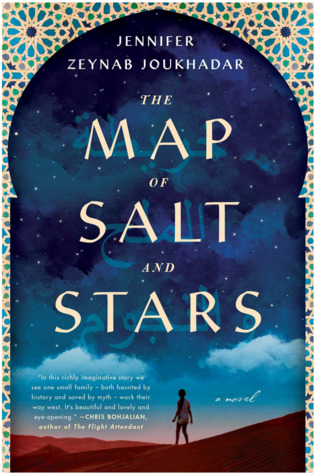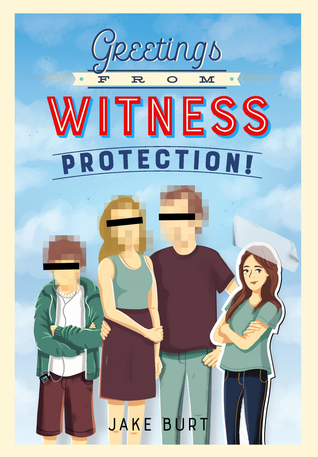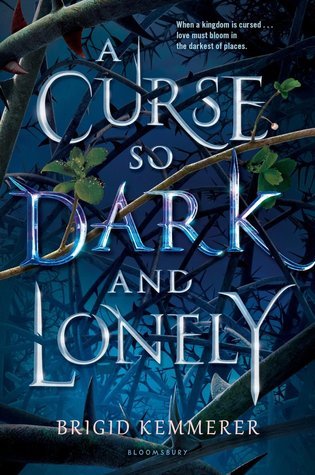Feb
28
Description: It is the summer of 2011, and Nour has just lost her father to cancer. Her mother, a cartographer who creates unusual, hand-painted maps, decides to move Nour and her sisters from New York City back to Syria to be closer to their family. But the country Nour’s mother once knew is changing, and it isn’t long before protests and shelling threaten their quiet Homs neighborhood. When a shell destroys Nour’s house and almost takes her life, she and her family are forced to choose: stay and risk more violence or flee as refugees across seven countries of the Middle East and North Africa in search of safety. As their journey becomes more and more challenging, Nour’s idea of home becomes a dream she struggles to remember and a hope she cannot live without.
More than eight hundred years earlier, Rawiya, sixteen and a widow’s daughter, knows she must do something to help her impoverished mother. Restless and longing to see the world, she leaves home to seek her fortune. Disguising herself as a boy named Rami, she becomes an apprentice to al-Idrisi, who has been commissioned by King Roger II of Sicily to create a map of the world. In his employ, Rawiya embarks on an epic journey across the Middle East and the north of Africa where she encounters ferocious mythical beasts, epic battles, and real historical figures.
Review: I really wanted to love The Map of Salt and Stars, but unfortunately I had a few issues with the book. There are two parallel stories running throughout the book. The contemporary story line is told by Nour, a twelve year old girl who has synthesia, and recalls her family's flight into exile from the Syrian civil war. The historical story line is narrated by Rawiya a girl of a similiar age in the twelfth century who is hoping to help her mother by disguising herself as a boy and working as an apprentice to al-Idrisi, a famous mapmaker, as he traveled around trade routes.
Nour was born and raised in Manhattan by immigrant parents, her mother a cartographer and her father a bridge designer. Shortly after her father’s death from cancer in 2011, her mother moves Nour and her two older sisters, Huda and Zahra, to Homs, Syria, where they have relatives to help out. Soon civil war is underway and the family is not safe. As the family takes flight, Nour comforts herself with a fairy tale–like story her father used to tell about Rawiya.
While I enjoyed both stories and can definitely make the connections of symbolism and metaphors that run throughout the book, I did not get a firm grasp on the characters. Though I can empathize with the struggles and pain Nour's family goes through, I could not tell the characters apart and the plot dragged for me. The transition from Nour's and Rawiya's story was not smooth either and would abruptly weave in and out. Personally, I think the book would have been stronger if it just focused on story and fleshed out the characters instead of two. At times I would find Nour's story compelling at other times I found Rawiya's. It is fascinating to see both girls travel though Nour's purpose is to find refuge and Rawiya's a romantic adventure full of wonder and magic. The themes of finding a home both in the physical and spiritual sense will make this book a good candidate for book clubs. I appreciated the lush imagery, but wanted something more concrete to grasp in this story.
Rating: 3.5 stars
Words of Caution: There is some language and a scene of attempted sexual assault. Recommended for older teens and adults.
If you like this book try: Dark at the Crossing by Elliott Ackerman, In the Shadow of the Banyan by Vaddey Ratner, Snow Hunters by Paul Yoon





























